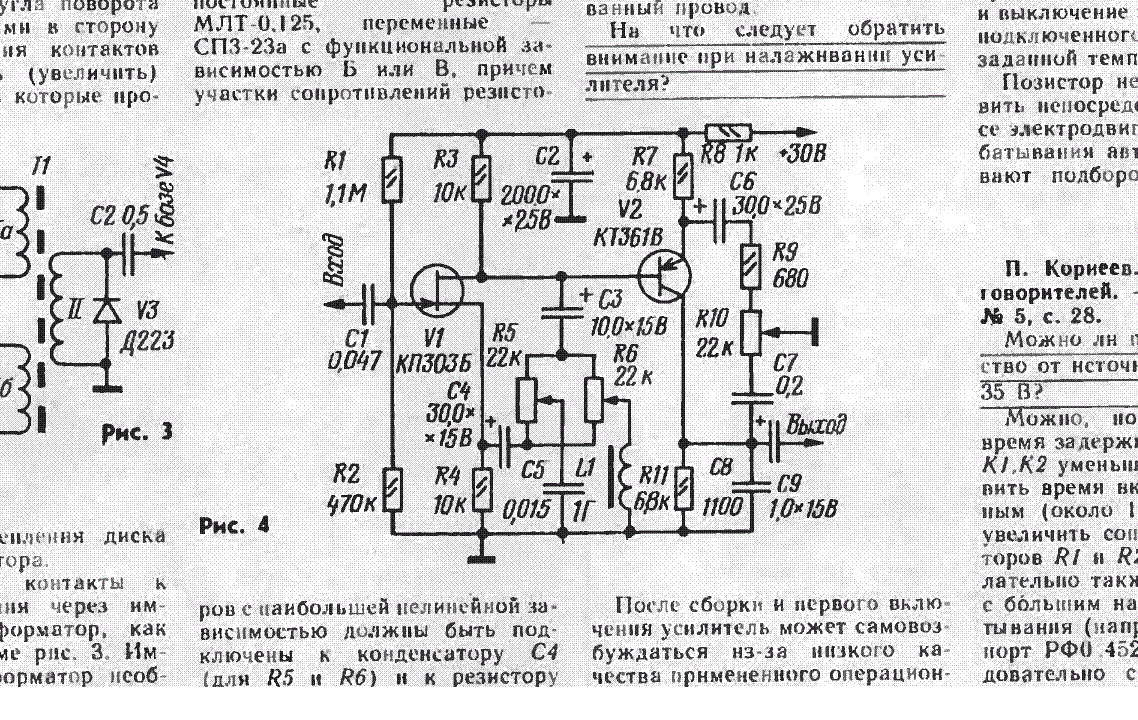Reflections on DIY: two sources, two components ...

This post does NOT cover how to do something with your own hands. There will be my own reflections on DIY, as a phenomenon of modern life. Perhaps it will be interesting to you.
Although I am not a historian, I will try to start from afar. You probably have heard about the influence of agriculture on the formation of society among different nations. In short, rice can be cultivated only by a big party - hence the increased socialization of Asian nations. A rye or barley can sow a plot in the forest and live there with two or three families, completely isolated from the rest of society. It would seem, where does DIY?
It seems to me that narrow specialization most likely arose where a large pile of people lived: one potter, second blacksmith, third carpenter. And if necessary, residents turn to those or other masters. And if you live in a small village right in the middle of Siberia, then everyone has to be able to do everything. So that a single bear should not deprive the community of the necessary horseshoes or nails. Next, in theory, the pretentious panegyric of the Russian people should go, who is a Swiss, a reaper, and a igrets on a dude, but I, with your permission, will refrain from this.
')
We turn to the times less distant, or rather to the Soviet ones. Here, DIY skills were needed for another reason. The lack of necessary things forced citizens to learn to fix everything in the world, and if necessary - to make anew. Interestingly, home-grown crafts were sometimes more perfect than manufactured products. Note that the state actively encouraged homegrown Kulibins (since they could not provide the population with a sufficient amount of consumer goods). To be convinced of this, it is enough to look through the periodicals of that time (I will not delve into this topic, since you can write a separate article about the “Little Tricks” section of the “Science and Life” journal only). Interestingly, the attitude towards DIY in Soviet society was more than loyal. Even when co-operators grew from home needleworkers, they were often viewed not as bourgeois, but rather as people who skillfully monetized their talent.
Naturally, DIY is a worldwide phenomenon. There are a lot of handy Swedes, Poles, Hindus, Americans ... but there are so few talents on our ball. But it is here that I would like to draw a certain demarcation line, which breaks all DIY adherents into two camps (fortunately, not hostile). Actually, this thought and pushed me to write this post, and all of the above - it was a preface.
So, I believe that the rich have their own DIY, and the poor - their own. The separation between the rich and the poor is, of course, conditional, but very clear. If, in order to build, say, a vintage radio, someone buys a pair of stained oak panels, a set of Solingen wood carvings, lamps for $ 25 apiece and Lyon velvet to fit the panel with speakers, one can only envy his welfare. To achieve the same goal, the other finds the top cover of the piano at the dump; Feel the difference?
It is the ratio of the money spent to the received amenities and fan and characterizes the described approaches to DIY (again, both of them have the right to exist). Actually, what is it all about me? I think it's time to finalize the abbreviation DIY. To describe the handicrafts that are made on a grand scale and without much regard to the budget of the event, we will keep the original three letters - DIY. And the home-made, produced on the principle of "I blinded him from what was," I propose to call DIY FWYH (Do it yourself from what you have - Do it yourself from what is at hand). The translation is probably crooked, but with rhyme. If someone offers a more correct option from the point of view of English grammar, I will be glad.
And then I need to know which tag to put my messages. Since I have already been in my thirties as a member of the second-type do-it-yourselfers :)
Source: https://habr.com/ru/post/247311/
All Articles